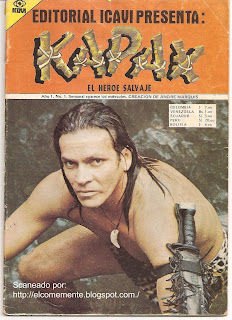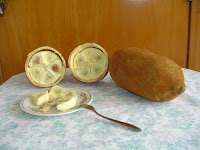November 2009 ICBF Wait List
The most recent Wait List was published by ICBF on November 23, 2009. Once again, the ICBF Wait List applies to adoptions through ICBF only -- not through CASAS PRIVADAS. It also ONLY APPLIES TO NON COLOMBIAN FAMILIES. It DOES NOT reflect special needs children. The definition of special needs are children with disabilities, children over 8 years of age, and sibling groups of 3 or more. There also has been limited movement, all dates that have advanced I am putting in BOLD and RED . Also, this list only reflects that there are no more dossiers at the national office prior to the date shown. Dossiers from before Jan 2006 in the 0-23 months category, for example, may still need a referral, but they have already been sent to a region and are no longer at the national office. Age of Child ------- Date of Application Approval by ICBF Child 0-12 months ------ Mar - 2006 Child 13 - 23 months ---- Mar -2006 Child 2 years ----------- Jul - 2005 Child 3 years ----------- Dec - 2005 Child 2 - 3 ...











